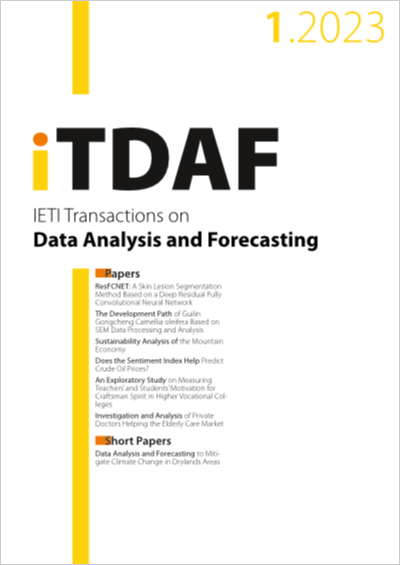Data Analysis and Forecasting to Mitigate Climate Change in Drylands Areas
DOI:
https://doi.org/10.3991/itdaf.v1i1.33357Keywords:
Climate modelling, omics, genetics, Arabia, Sahel, Flowering, Thlaspi arvenseAbstract
Drylands are zones covering over 40% of the earth’s land surface, where precipitation is balanced by evaporation from surfaces and by transpiration by plants. This short review looks at two key areas where drylands are increasing, the Sahara-Sahel-Arabian Peninsula zone, and the Qinghai-Tibet Plateau in China, and shows ways that data analysis and forecasting in both geoengineering and in genomics techniques may help in understanding and progressing climate change mitigation.
Downloads
Published
How to Cite
Issue
Section
License
Copyright (c) 2023 James Crabbe

This work is licensed under a Creative Commons Attribution 4.0 International License.


